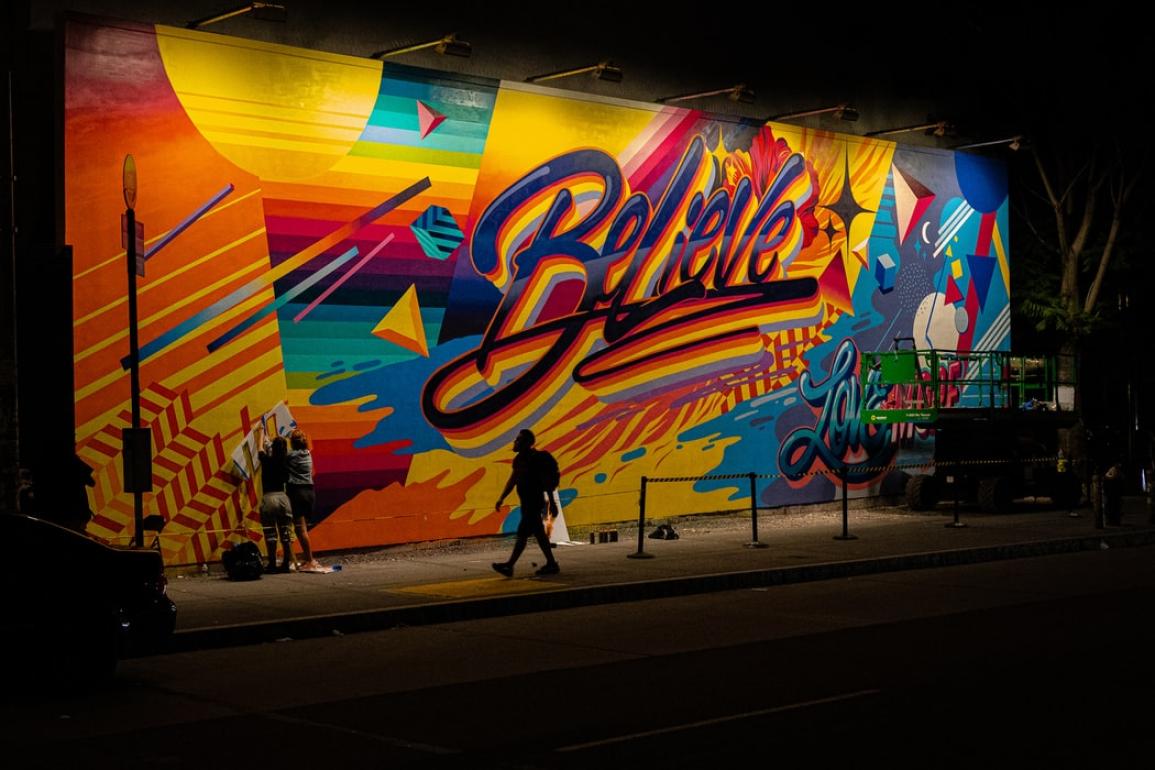
The conviction of rapist Harvey Weinstein signals an important shift in how powerful men are being held accountable for acts of sexual violence against women. That conviction also signals that the norms of consent are shifting away from stereotypes of how survivors are expected to act if they are to be believed.
Despite these advances, we have not seen structural changes necessary for eradicating sexual harassment from workplaces or society at large. During the Nonprofit Digital Strategy Summit, one panel, How to Center Survivors in Building a Movement for Racial, Social, and Economic Justice, comprised of Paula Brantner, Founder, PB Work Solutions, and JoEllen Chernow of SurvivorsKnow.org and Founder of We Believe You Fund delved into the following around toxic workplace cultures and sexual harassment prevention:
- what systemic change looks like;
- how to center survivors in organizing towards that change;
- what accountability looks like for people who may not be the monster that Harvey Weinstein is, and who despite good work, still cause harm,
all through an intersectional lens. Eradicating sexual harassment from the ground up and the top down must be a priority for all institutions--and individuals. Most nonprofits aren’t equipped to handle what justice actually looks like for survivors, so it’s critical to build networks of support.
We’ve distilled eight tactics shared by Brantner and Chernow for nonprofits to understand how to organize from a survivor-centered, trauma-informed lens, and how to address the messier parts of holding harm-doers accountable.
- Be conscious of the lens you have when coming into a space. Everyone has our own lens, and it really impacts whether we are pre-conditioned to believe survivors.
Often people from an HR perspective are coming from a legal compliance perspective, trying to avoid litigation. As a Director, you're coming in trying to maintain staff morale, from a prevention perspective, or attempting to fix or manage harassment. As an activist, you come to the space asking, how do I support survivors? How do I show up? As a survivor, you’re coming into the space with your personal experience, and a desire to be believed, feel secure, thrive, and not be triggered.
- Nonprofits need to show up for survivors proactively. This means that there needs to be true transparency. The Executive Director or senior leadership shouldn’t be the sole HR department. Have processes in place for employees to report harassment.
Diversity, equity, and inclusion (DEI) trainings should be facilitated by outside entities, and this shouldn’t be a once a year training, it should be ongoing work. As Chernow asked, “When we run Salesforce trainings, how many and how often do we do them before understanding Salesforce? A million.” Very similarly, if we’re going to change the culture, it’s a muscle that we need to continually work on.
Preventative education is critical; DEI and anti-harassment trainings should not be scheduled as a response, but should be ongoing proactive education. Sexual harassment is often handled as a response to a crisis, but what if instead of just managing a problem, your nonprofit cultivates a thriving workplace culture where everyone feels secure and respected, and equity is really flourishing.
Build powerful consent culture into your work culture; again, not as a response but as a part of the culture. Don’t wait for the world you want to build. Do it within your own nonprofits - live out your values.
- Create a safer, more respectful work culture from the ground up. What does it mean to create a safe space? Ensure clarity around the process of reporting harassment. This clarity should be outlined and incorporated into staff and board orientation so that everyone is working from the same blueprint. Also, implement a robust reporting process that is anonymous and treated with importance. Listening, and not blaming, is going to be your greatest asset.
- Instill a culture of confidentiality. Squash the culture of gossip, and if there is harassment, implement a non-biased investigation process. Always bring in an outside consultant to help work with the team.
- Only implement restorative justice (RJ) if it’s truly voluntary. For RJ to be successful, it has to be truly voluntary. It cannot be on a checklist of what a person who harmed someone has to do. A lot of ongoing work is required to integrate restorative justice processes for people who truly want to do better and who don’t just want to be let back into the space where they caused harm without doing the work.
RJ can be a deeply complicated process for survivors. Ensure survivors are consenting, and a true part of this process.
- Make a truly better workplace a reality. Take any and all claims of harassment seriously. Have very clear zero tolerance policies outlining that reports of harassment will be investigated, and organizational codes of conduct that will be upheld.
Bystander trainings should be incorporated as preventative and proactive. When someone is harassed or violated, ask the survivor what they want. What amends would they like to see? Perhaps that looks like no contact with the harasser and letter of apology. Center what the survivor wants and needs.
- Ensure there is never fear of retaliation. This goes back to the zero tolerance policy. Allow for anonymous and confidential investigations from outside entities who are not invested in the workplace, and who are able to provide recommendations in an unbiased manner.
- Close the gap between policies and a workplace that allows people to truly thrive. Harassment and discrimination disproportionately impacts people of color, particularly women of color, and both policies and practices need to be implemented to allow for a workplace where people of color, and those who have been oppressed can thrive. Remember the lens from which you are entering the space: Legal processes don’t often center survivors.
It’s imperative to have very tailored individual approaches and assessments for each nonprofit. One unilateral approach will not work for every organization, but there should be very clear policies and procedures in place so staff know they are all working from the same anti-racist, anti-sexist, harassment-free roadmap.
To gain a deeper understanding of how to support survivors, please watch the full session here.



